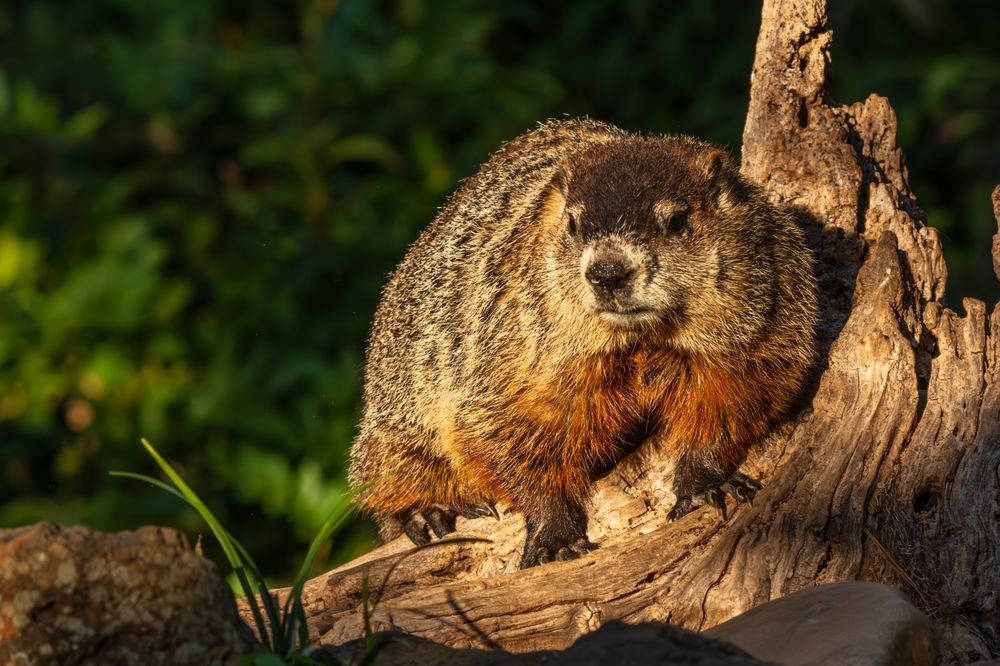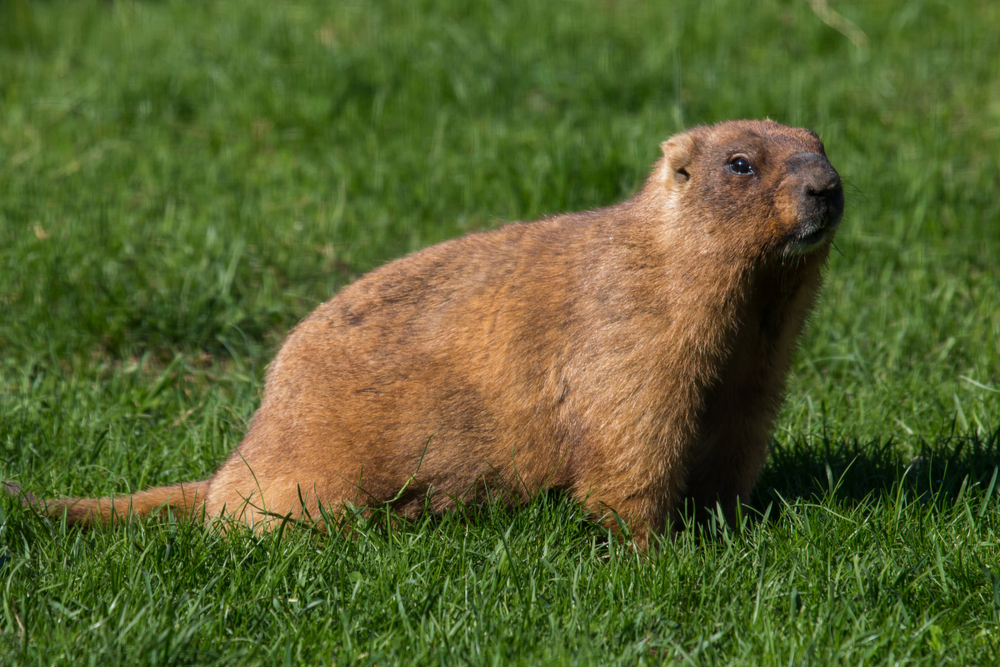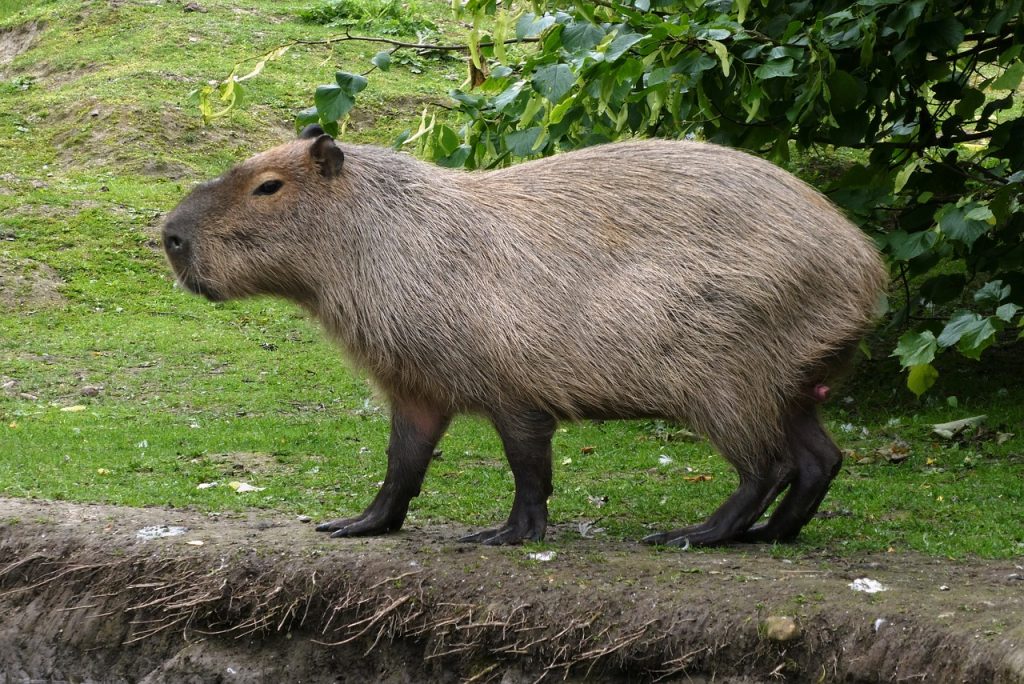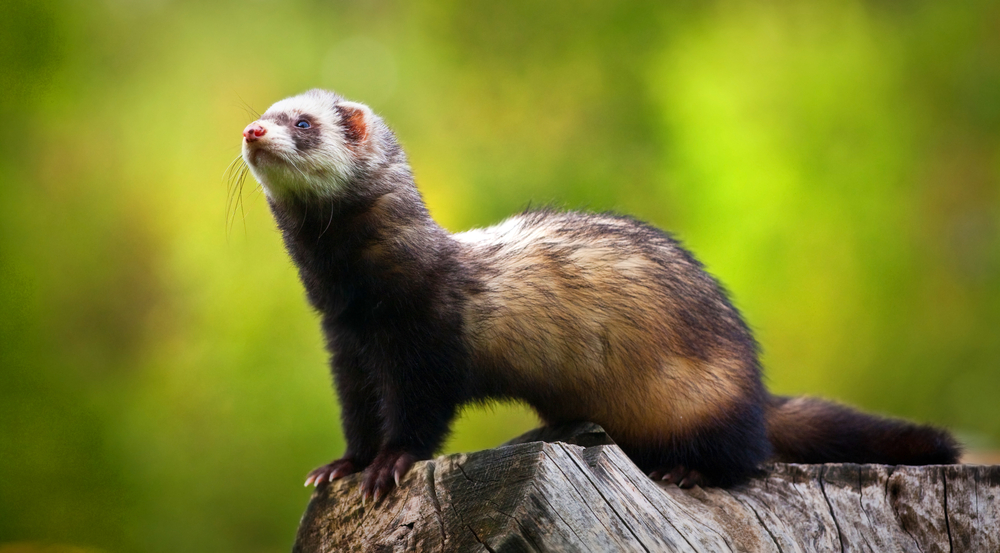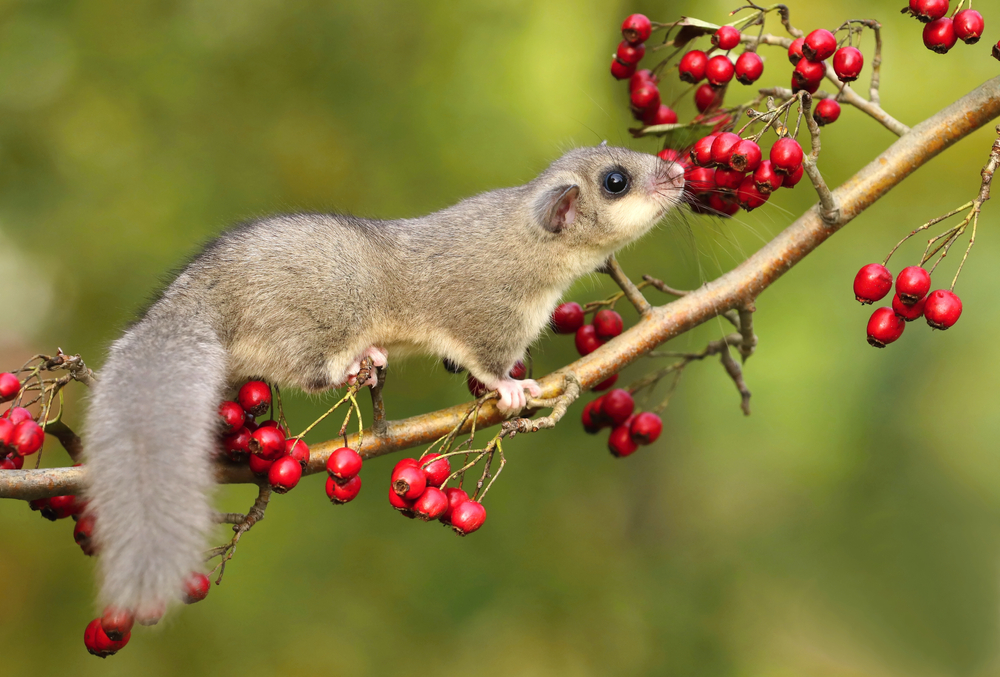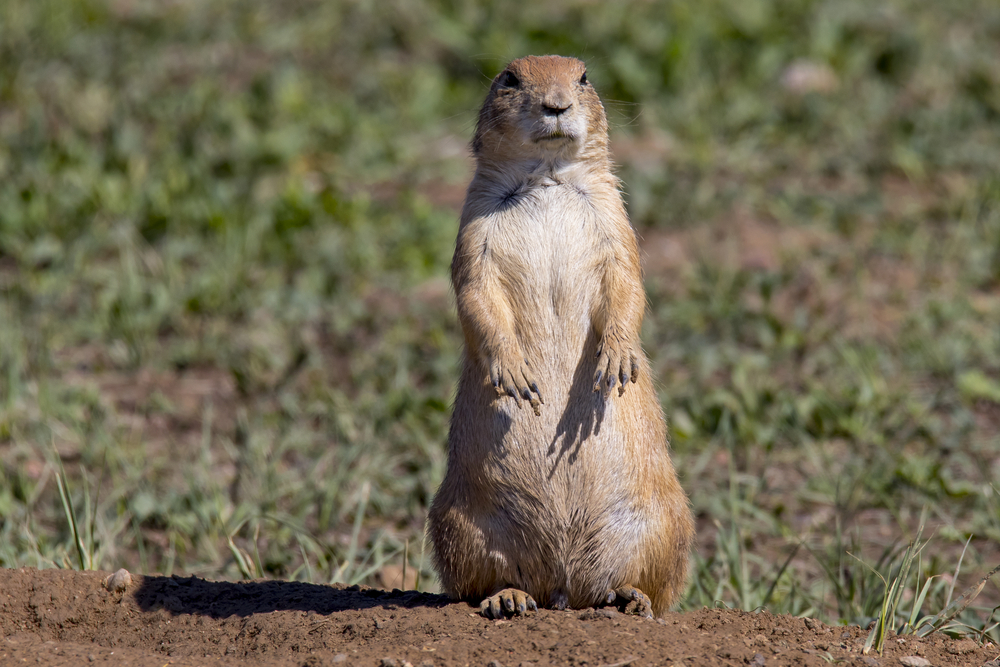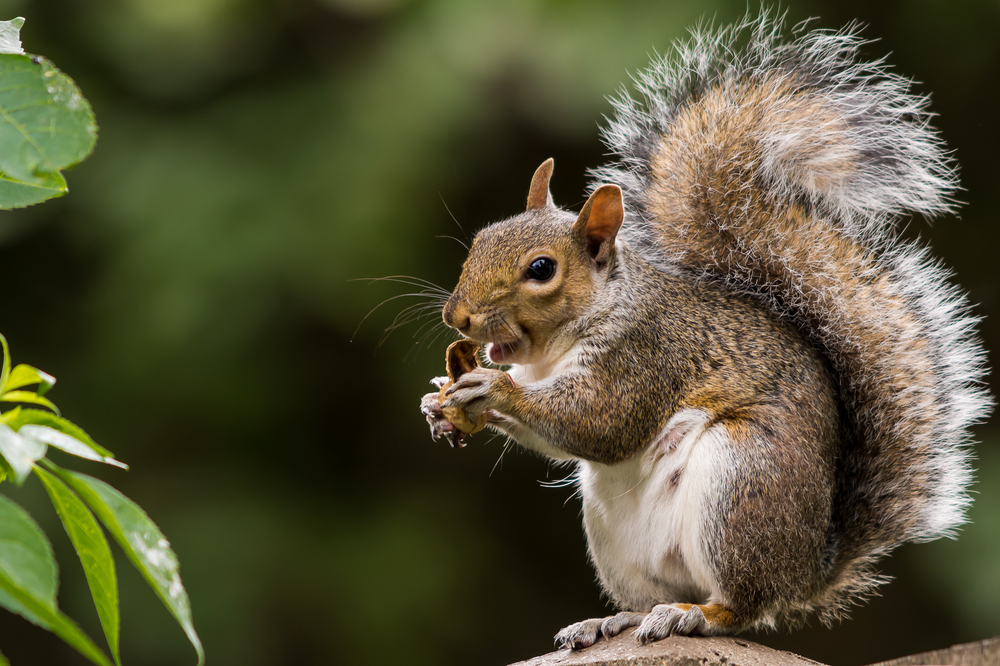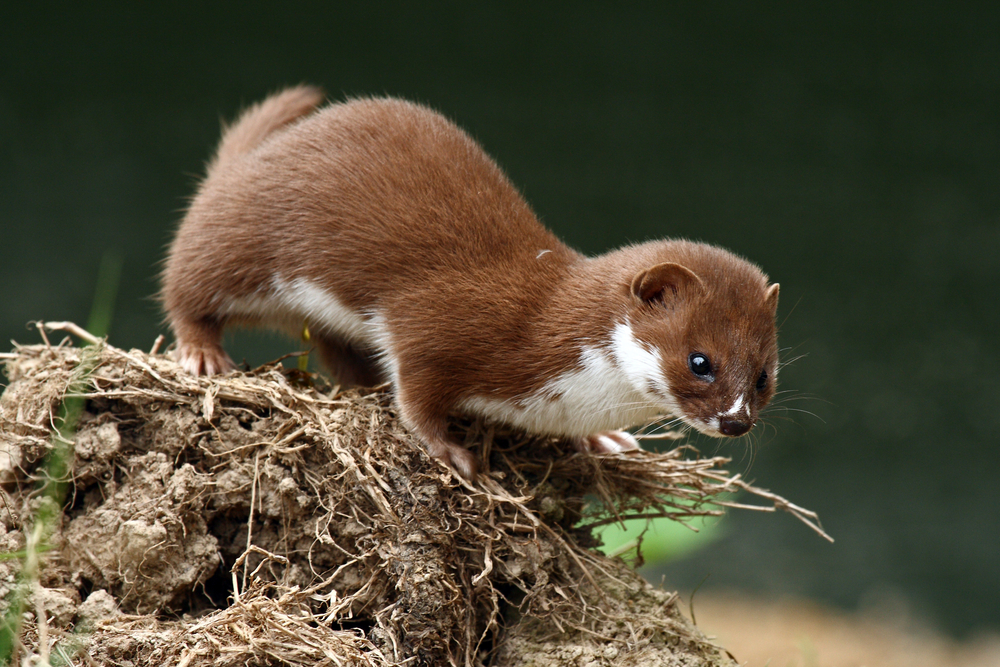Physical Characteristics
Also known as the woodchuck, the groundhog is a large, burrowing rodent belonging to the squirrel family (Sciuridae). Found throughout eastern and central North America, it is the most widespread species of marmot.
Fur and Coloration:
Groundhogs have coarse, dense fur that ranges from grizzled brown to dark gray, often with a lighter, frosted appearance on the back. Their underparts are paler, sometimes buff or gray. Seasonal molting occurs once a year, typically in late summer.
Head and Face:
Their head is broad and flattened, with small, rounded ears and dark, alert eyes. The face often has a black or grayish muzzle and white or lighter fur around the nose and cheeks.
-
Teeth: Like all rodents, groundhogs have prominent, ever-growing incisors, which are ivory to yellow-orange in color due to iron-rich enamel.
Body Structure:
Groundhogs have a stocky, low-slung body ideal for digging and insulation. Their limbs are short and powerful, especially the forelimbs, which have strong claws used for excavation.
-
Length (Body): 16 to 26 inches (40 to 66 cm)
-
Tail Length: 6 to 7 inches (15 to 18 cm), bushy but shorter and flatter than tree squirrels
-
Shoulder Height: About 6 to 9 inches (15 to 23 cm) when standing on all fours
Tail:
The tail is short, thick, and bristly, providing balance and minor communication signals, especially during upright postures.
Weight:
-
Summer Weight: 5 to 13 pounds (2.3 to 5.9 kg), with males typically heavier
-
Pre-Hibernation Weight: Can increase by 30–40% as they fatten up for winter hibernation
Limbs and Movement:
Groundhogs are excellent diggers, using their curved claws and muscular limbs to create extensive burrow systems. Though somewhat clumsy on land, they can climb trees and swim when necessary. Their typical movement is a loping walk, but they can sprint in short bursts when threatened.
Senses and Features:
Groundhogs have a keen sense of smell and hearing, which helps them detect predators from underground. Their vision is well-suited for daylight activity, though they avoid open exposure when possible.
Adaptations:
-
Hibernation Physiology: Groundhogs enter deep hibernation in winter, with body temperature, heart rate, and respiration dropping dramatically.
-
Burrow Design: Their burrows can extend 20–40 feet and include multiple chambers for sleeping, nesting, and waste.
The groundhog’s physical features reflect a life spent digging, foraging, and surviving seasonal extremes. With powerful limbs, dense fur, and adaptable senses, this iconic rodent is perfectly suited for its subterranean lifestyle and changing environments.



































































